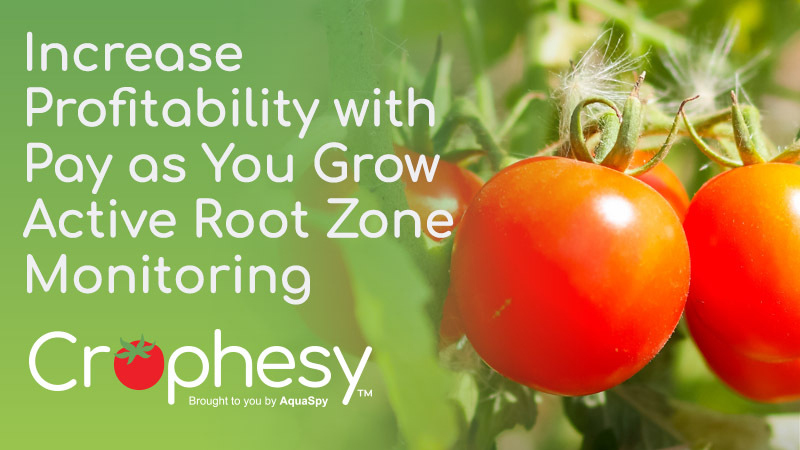Food Safety Concerns Driving Vegetable Production Indoors

One of the driving forces for the rapid surge of interest in growing leafy greens and other vegetables in greenhouses has been food safety. Numerous recalls over the past several years of romaine lettuce contaminated by the potentially deadly E. coli O157:H7 pathogen grown in the Yuma, AZ, and Salinas, CA, regions have been enough to have consumers shying away from the popular lettuce and often other leafy greens.
The biggest advantage of growing inside greenhouses is that you don’t have to deal with wildlife, domestic animals, and birds flying overhead — all of which can contaminate crops.
Of course, there’s no guarantee that a foodborne pathogen will never occur in greenhouse settings. And because most lettuces and greens are eaten raw, they don’t go through a kill step to kill pathogens that might be on them.
Many of the foods popular with indoor growers — lettuces, sprouts, fresh herbs, microgreens, and wheat grass — carry the highest risk of outdoor produce, some of that because it grows so close to the ground.
That’s why prevention is so important. This would include paying attention to how water, tools, animal intrusions, pests and human handling plays a role in preventing food from being contaminated.
Learn more in this article on FoodSafetyNews.com.









